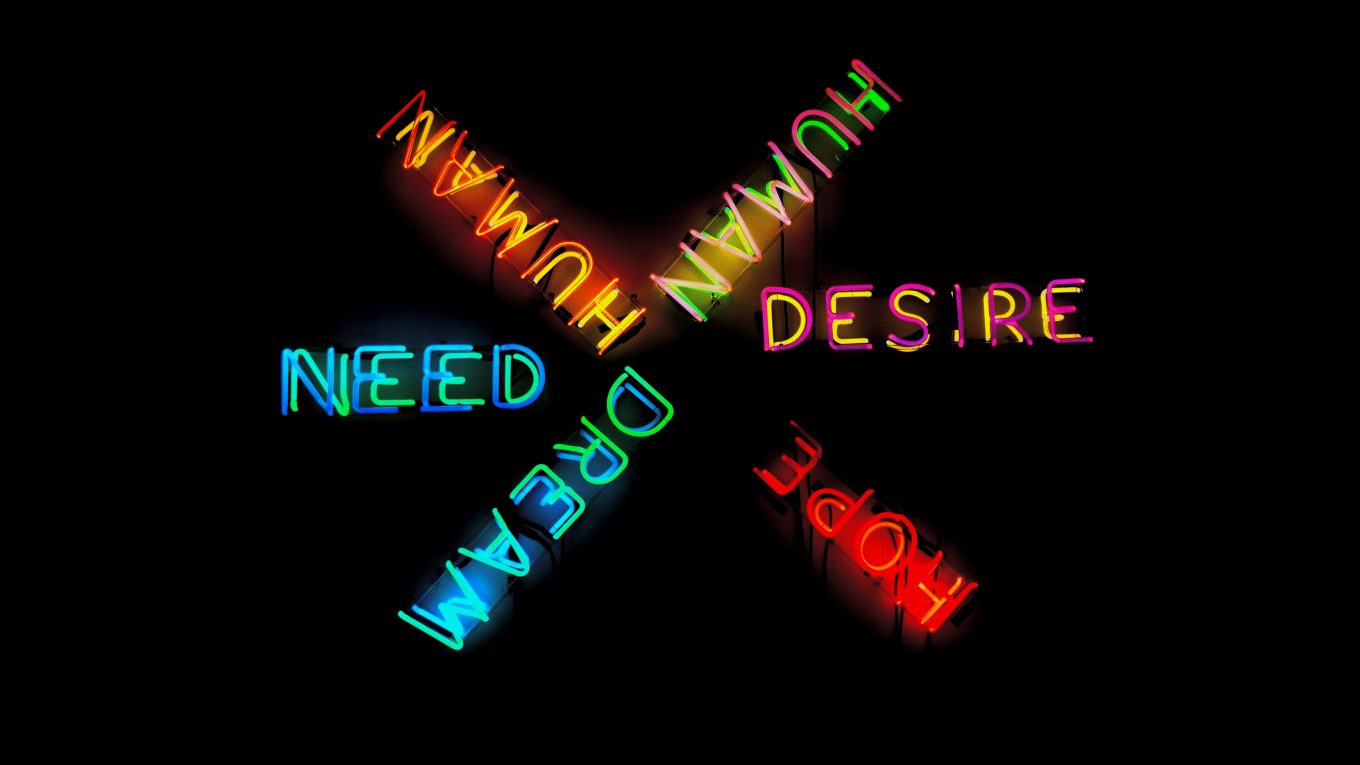Scalar – early explorations
Although I’ve been aware of Scalar for a few years, and set up a free account when I first discovered this digital tool, I have not had time or initiative for a deeper dive into this resource. Now is the time, since I’ll need to start building within Scalar for my comprehensive portfolio and dissertation. Scalar is also available through the Reclaim Hosting DoOO repository of tools, so there is a doubly good reason to get familiar in this space. I am aware of one other group working with Scalar in the Ontario higher education landscape and may reach out to those with some experiences using this tool.
Scalar is described as “born-digital scholarship online” with rich, visualization potential in content, connections, grid, radial, path, media and tags. While there is flexibility in where to start, knowing what Scalar can and can’t do will help lay things out in the planning rather than taking time to reformat and re-tag in the later stages.
The users guide [http://scalar.usc.edu/works/guide2/index] is written and presented in Scalar, so it’s worth a look, not only for content, but for style and presentation. I’ll examine the similarities and differences between this and Pressbooks, since that is another resource space I’ve been exploring.
Some video resources to provide some early guidance as I begin:
Past webinars [https://scalar.me/anvc/webinars/past-webinars/] can provide information, but since these are somewhat dated, perhaps there are upcoming sessions that can help with further development.
Why Scalar?
The dissertation design that I dream of is similar to that described by Dwayne Dixon in his essay titled Imagining the Essay as Digital Assemblage: Collaborative Student Experiments with Writing in Scalar. (Dixon, 2017). Since this digital writing tool is designed for scholarly writing in the humanities it’s “architecture is premised on variable relationships and paths”, it is a place to “experiment with the relationship between content and form”, and is “one of modular development as arguments are crafted from smaller, concise pieces of writing focused on key texts, examples, concepts, and theories” (Dixon, 2017). Dixon (2017) describes this as “connectable modularity” that allows for non-linear trajectories and an “expansive and collaboratively tangled assemblage of knowledge” that occurs over time. Dixon (2017) continues to explore this notion, which resonates with my vision of the dissertation as:
“assemblage asserts the unanticipated possibility curled within every object, ritual, and social formation, expressed through new contacts and relations. The exchangeable, emergent, and mobile characteristics of the assemblage encourages students to tinker with the staid functionality of essay forms they learned in high school and to employ revision and remixing as liberating exercises in the discovery of ideas on the periphery of a parched thesis.”
Dixon, 2017
Reading further, the reference to Deleuze & Guattari caught my attention:
“In its wondrous asymmetry, the project animates the distinction Deleuze and Guattari make between a map and a tracing: “The map is open and connectable in all of its dimensions; it is detachable, reversible, susceptible to constant modification…A map has multiple entryways, as opposed to the tracing, which always comes back ‘to the same’” (1987, p. 12).
Dixon, 2017.
Seeing the completed “rhizomatic” production from Dixon’s course [http://scalar.usc.edu/works/rhizome-experiment-fall-2015/index] leaves me to consider how this can become a shared and collaborative writing space for my own dissertation, and for future students to produce a published work in similar models shared by Robin DeRosa and Rajiv Jhangiani (Open: The philosophy and practices that are revolutionizing education and science) .
References
Dixon, D. (2017, January 1). Imagining the essay as digital assemblage: Collaborative student experiments with writing in Scalar. Retrieved May 20, 2019 from http://thepromptjournal.com/index.php/prompt/article/view/13/20
Jhangiani R. & Biswas-Diener R. 2017. Open: The Philosophy and Practices that are Revolutionizing Education and Science. London: Ubiquity Press. DOI:https://doi.org/10.5334/bbc
Scalar. (2019, January 23). Users Guide: Version 17 . Retrieved May 20, 2019 from http://scalar.usc.edu/works/guide2/index?path=visualizations
LINKS:
Scalar on Twitter: https://twitter.com/anvcscalar
Scalar Git Hub repository: https://github.com/anvc/scalar
